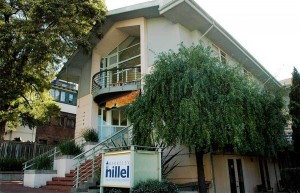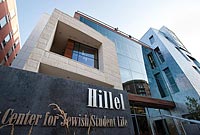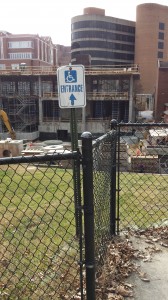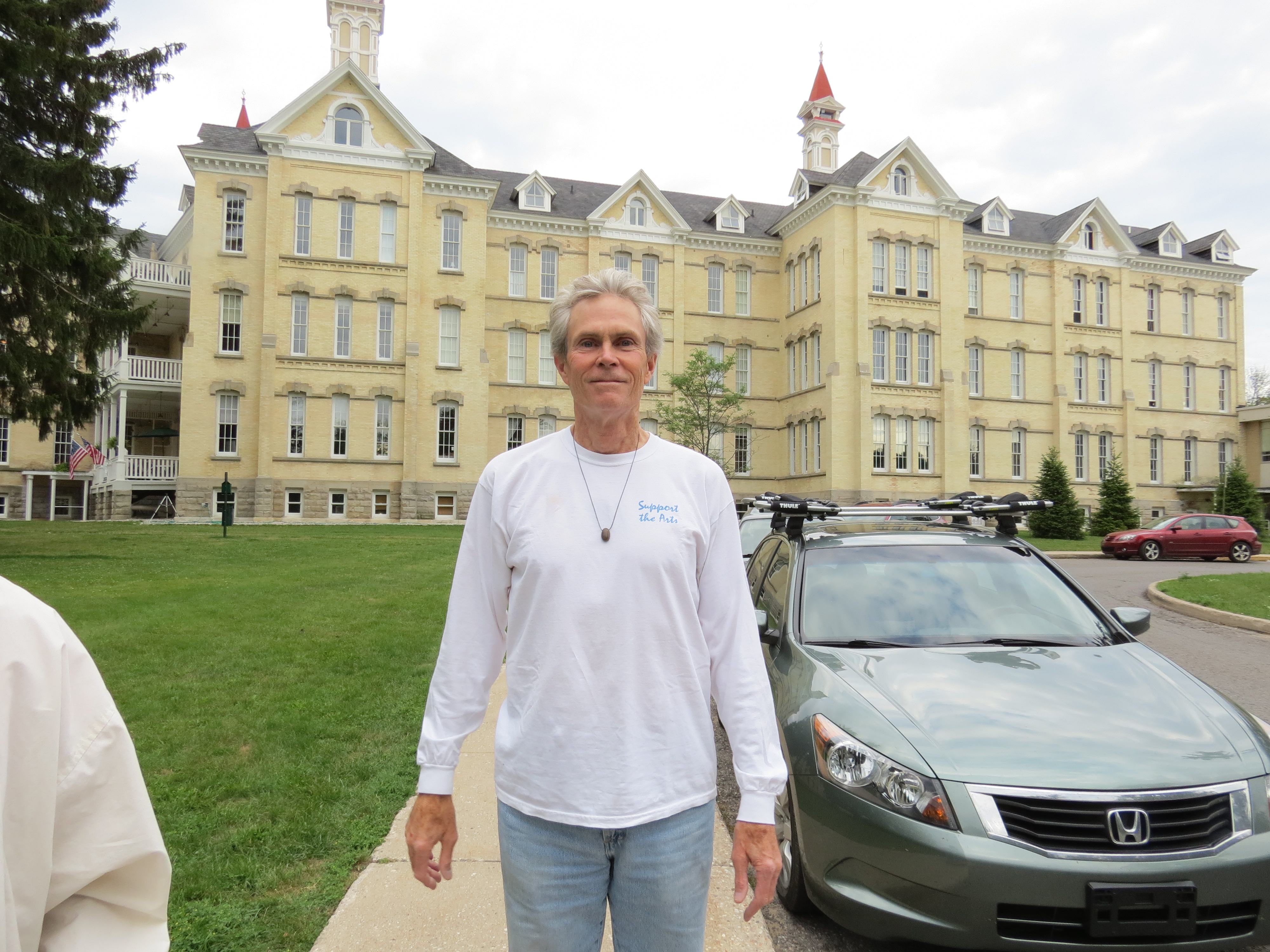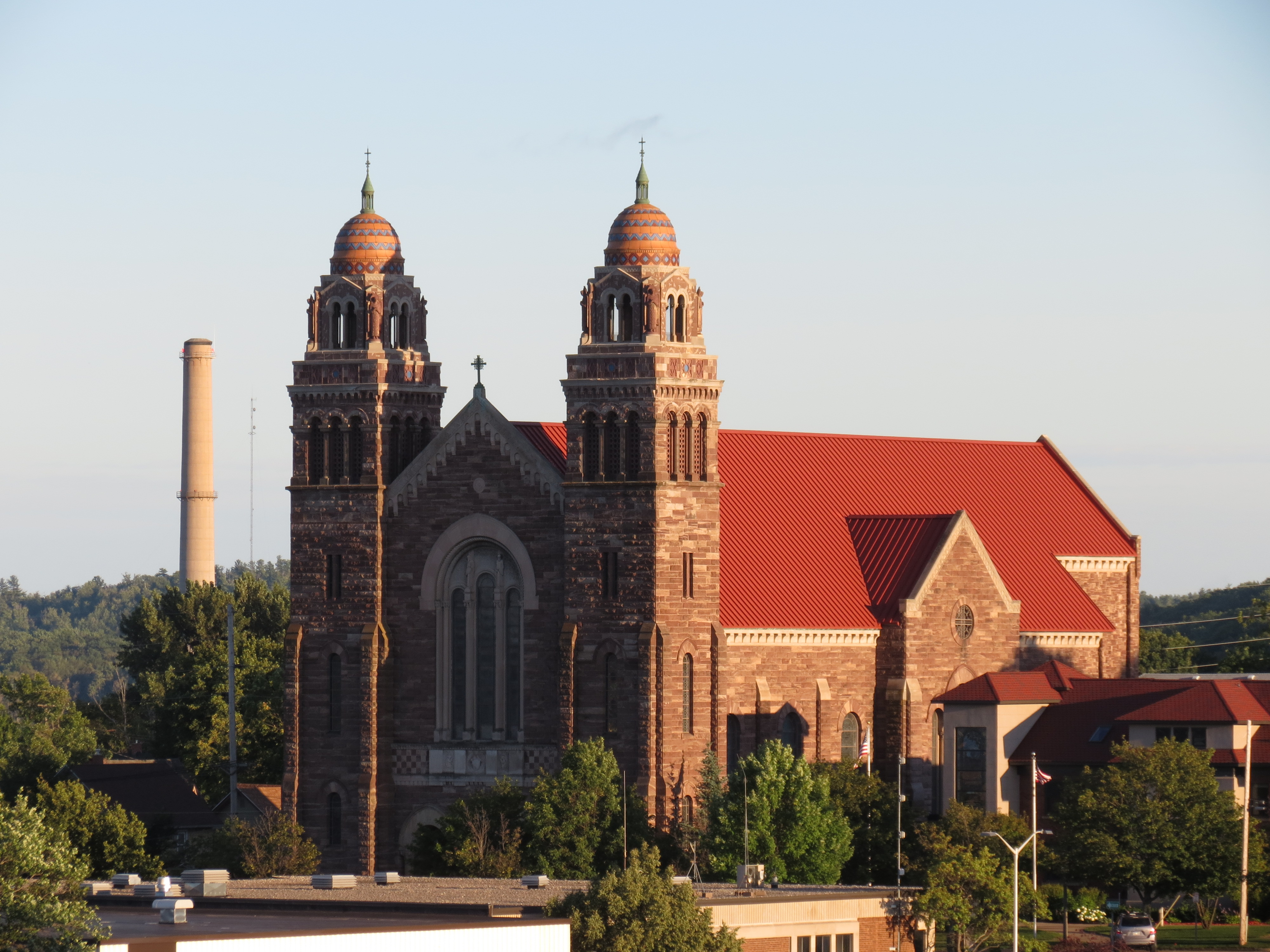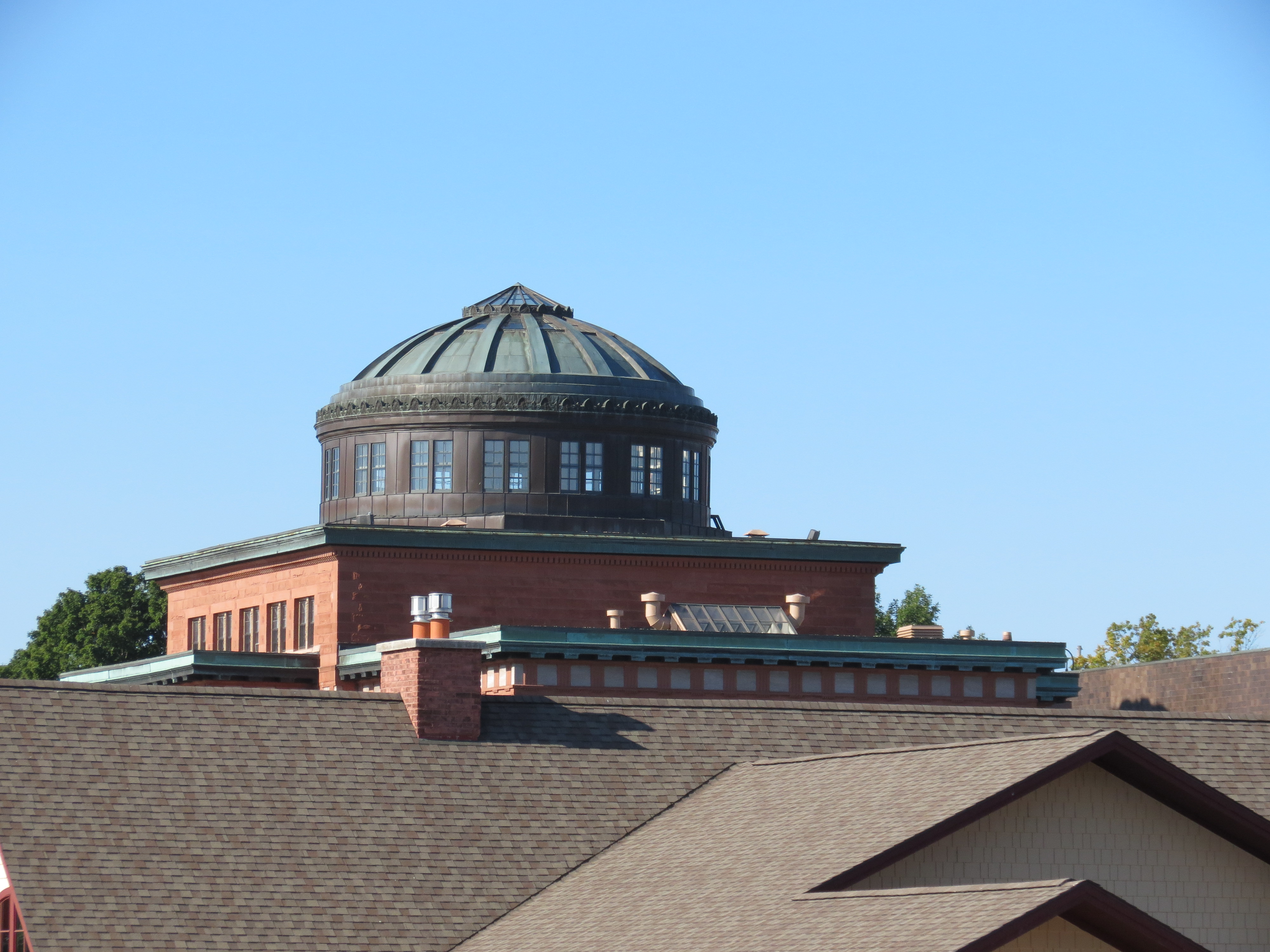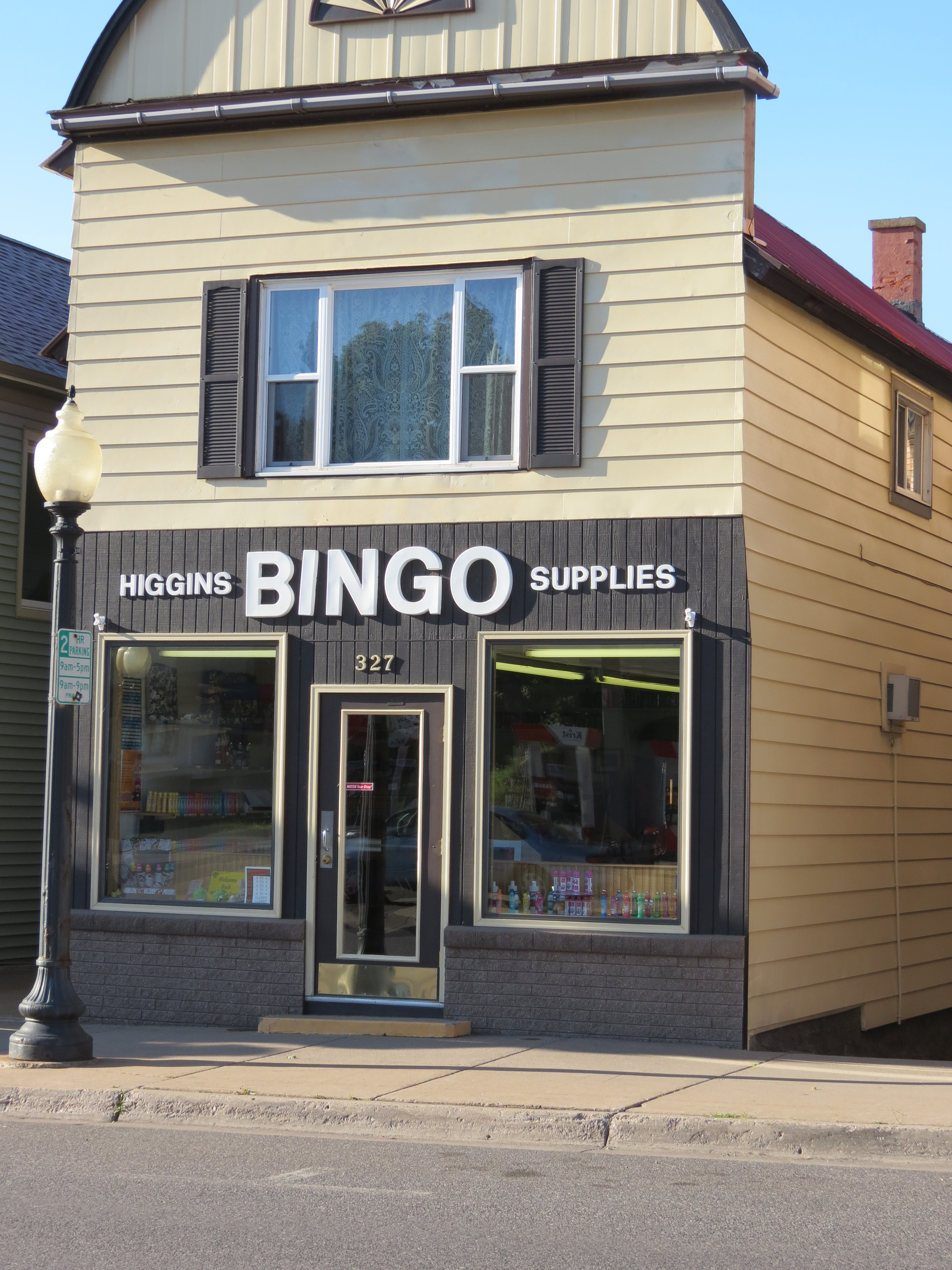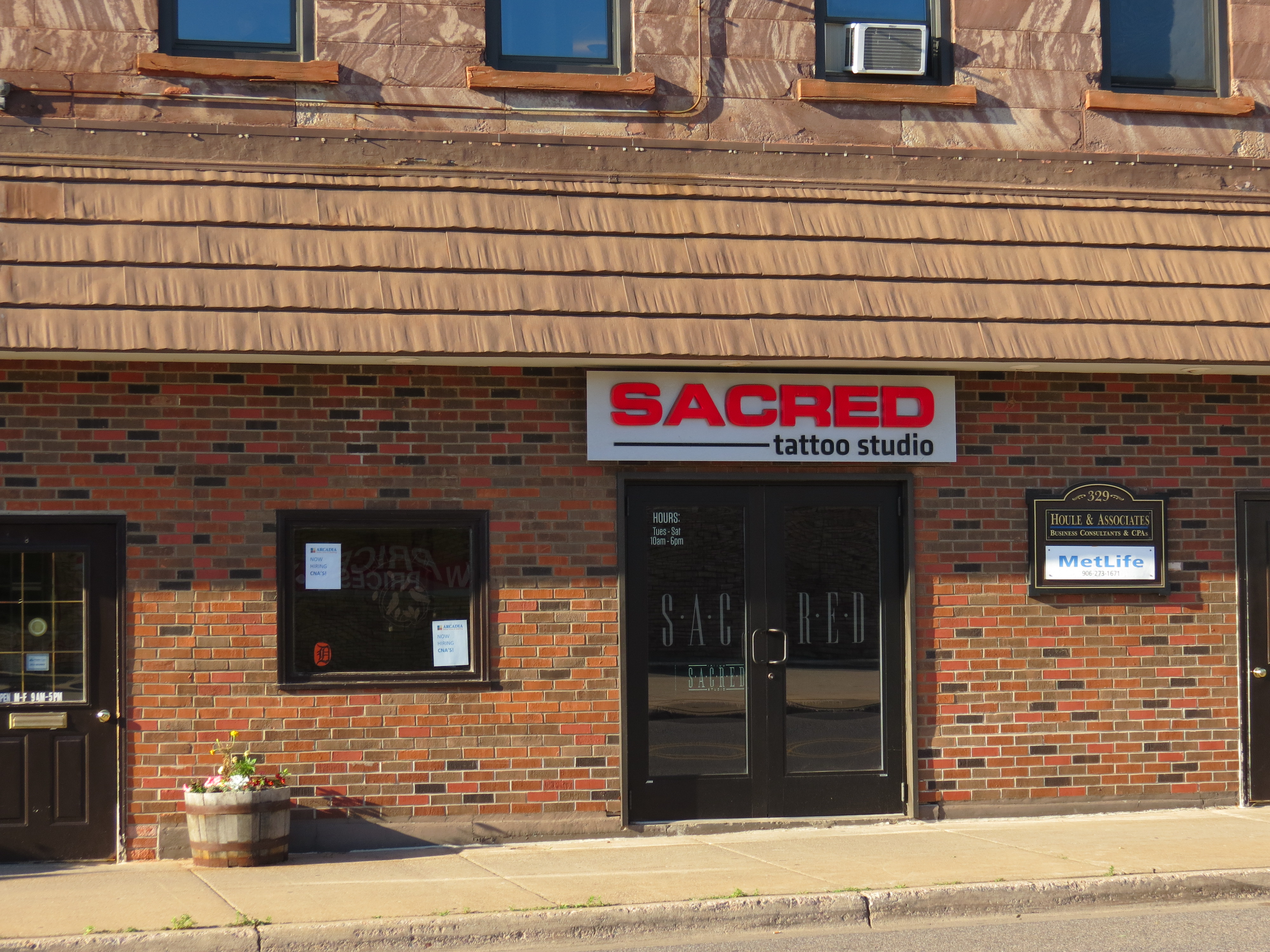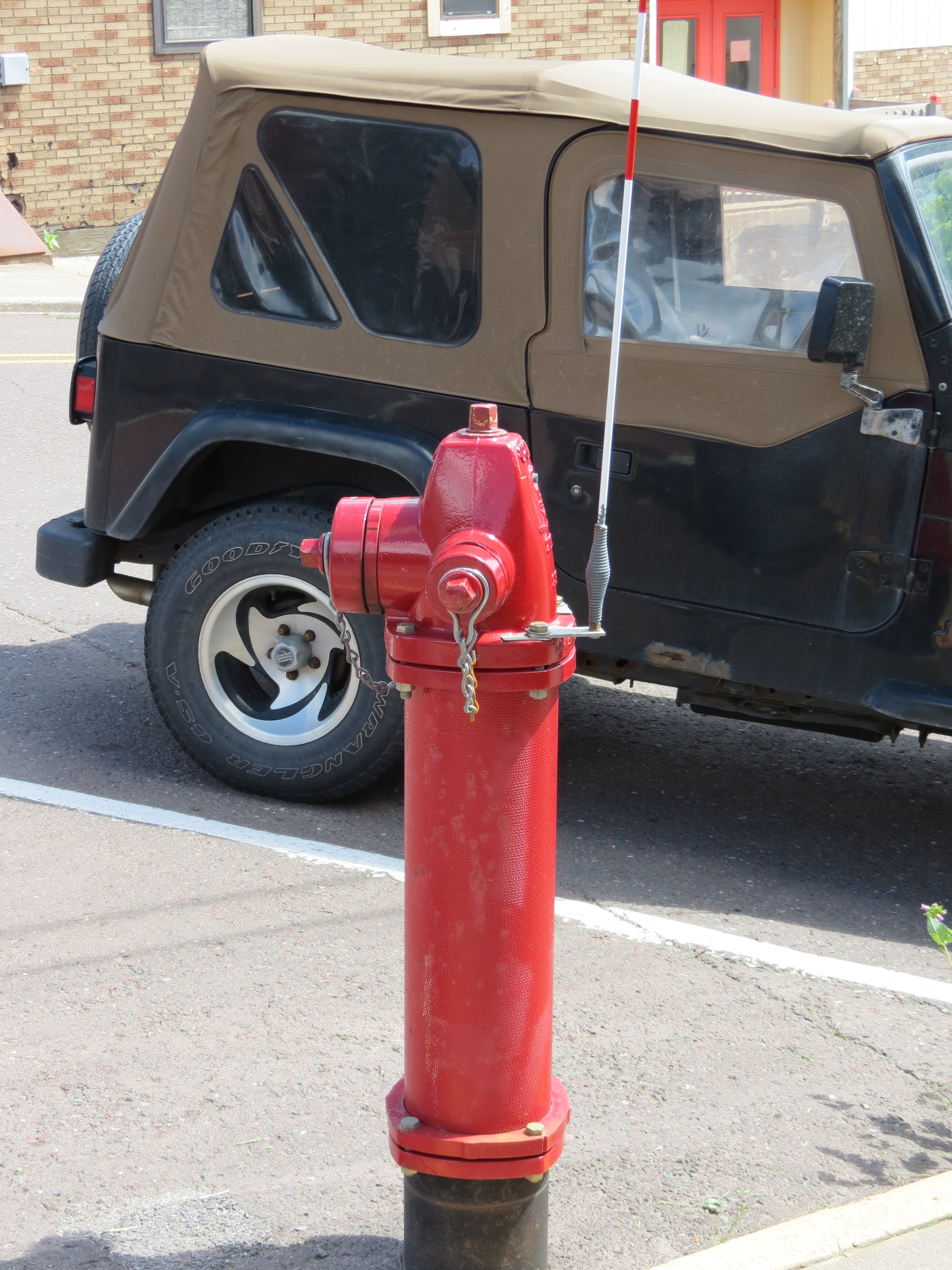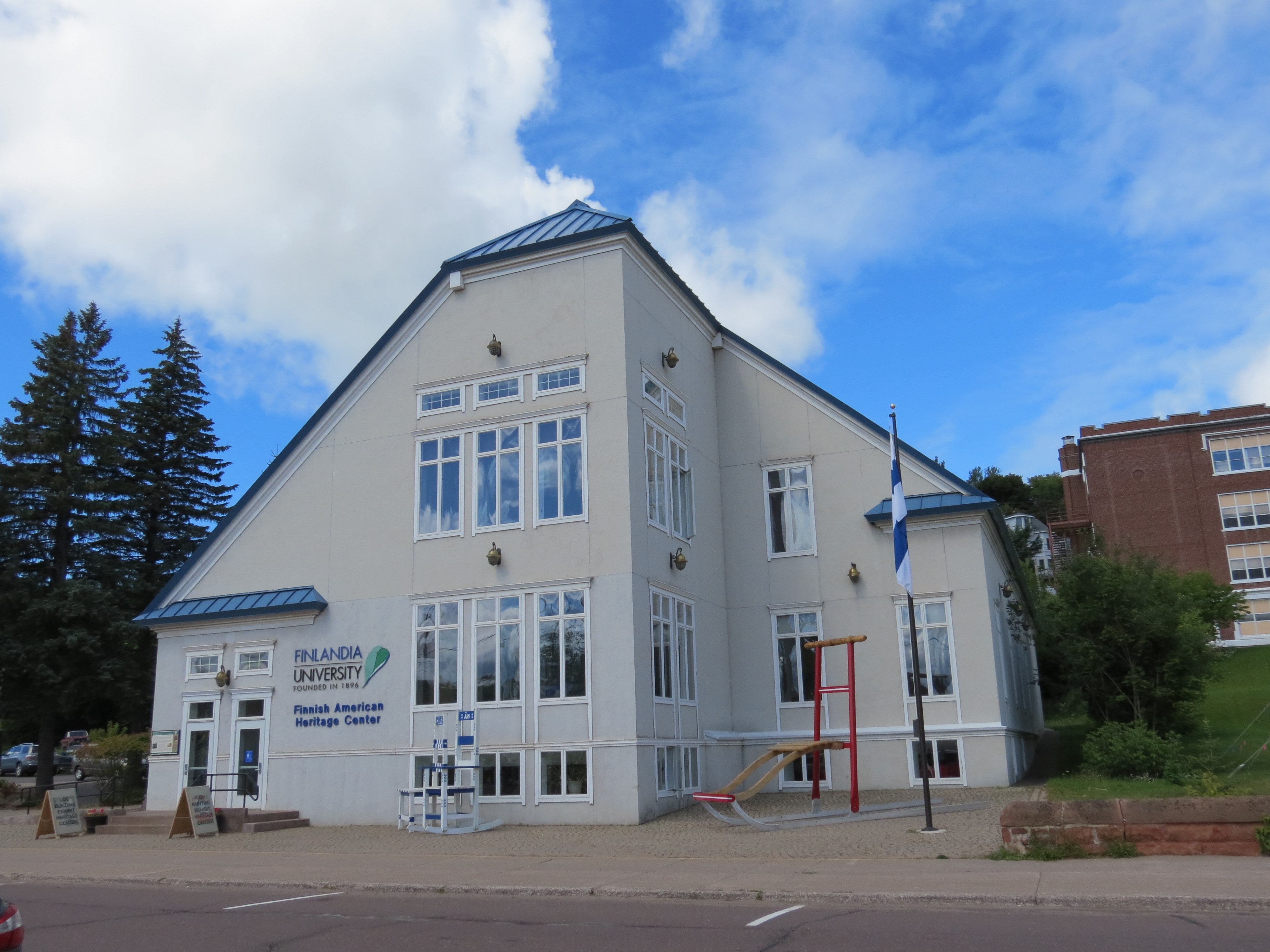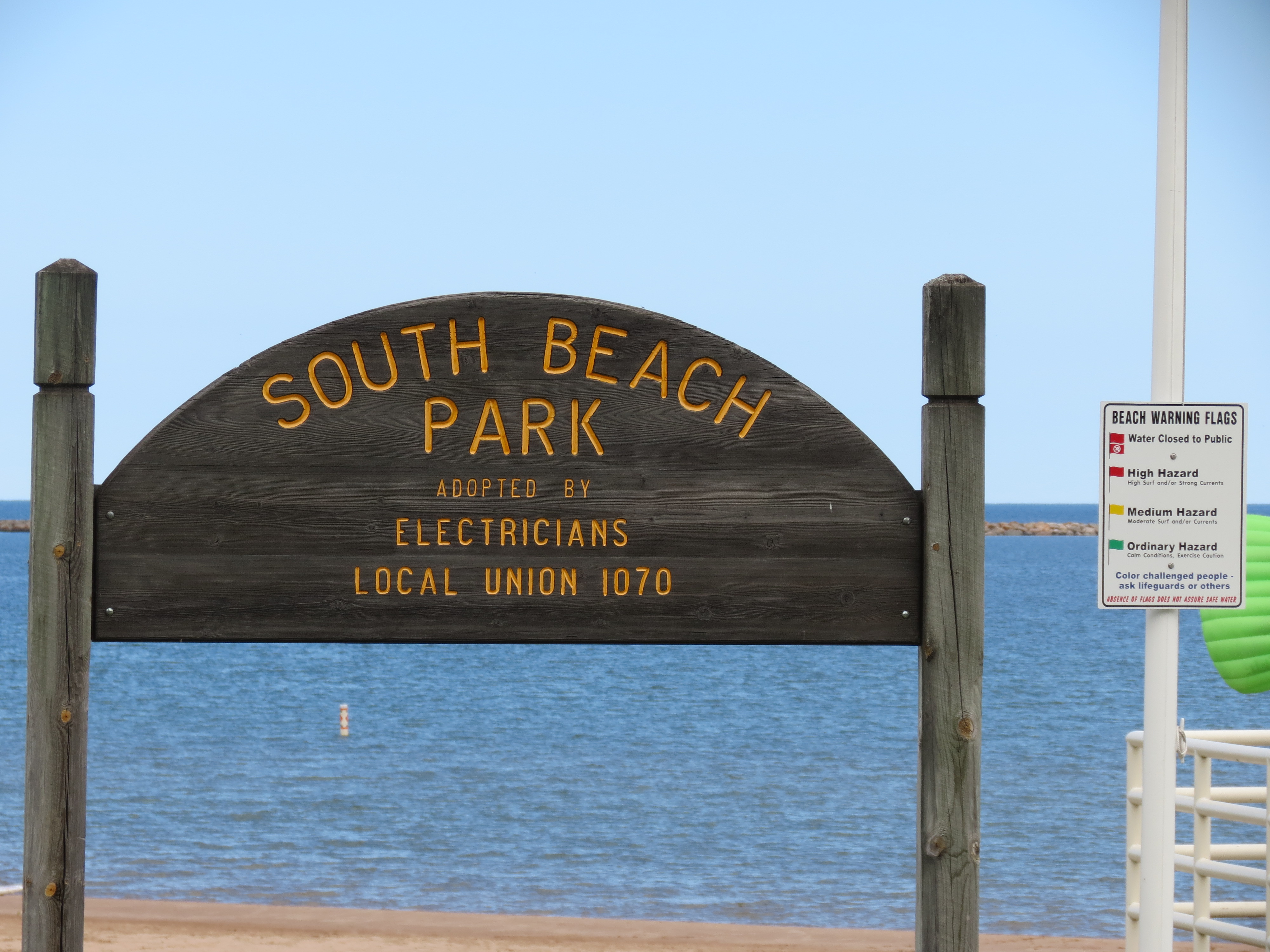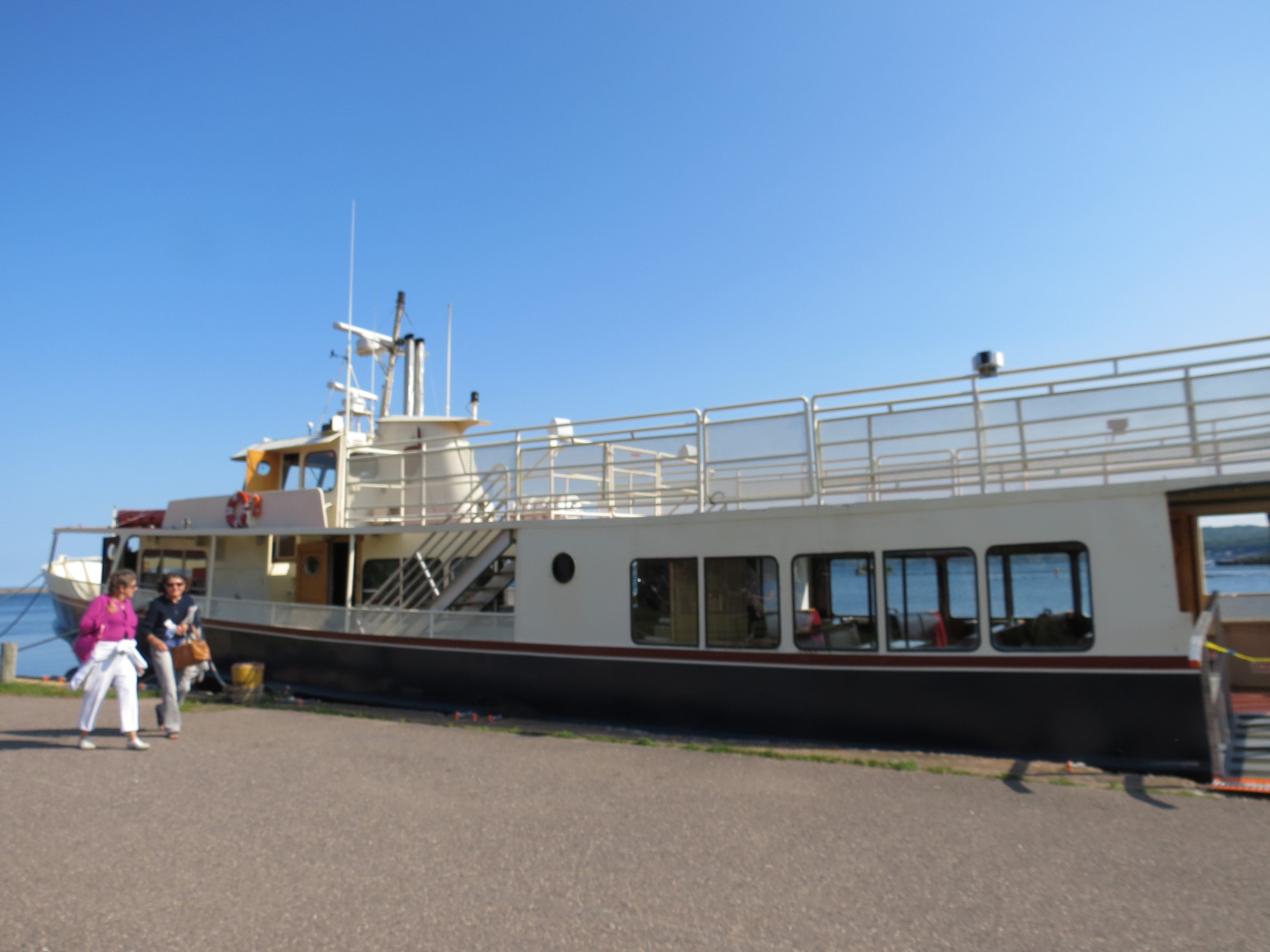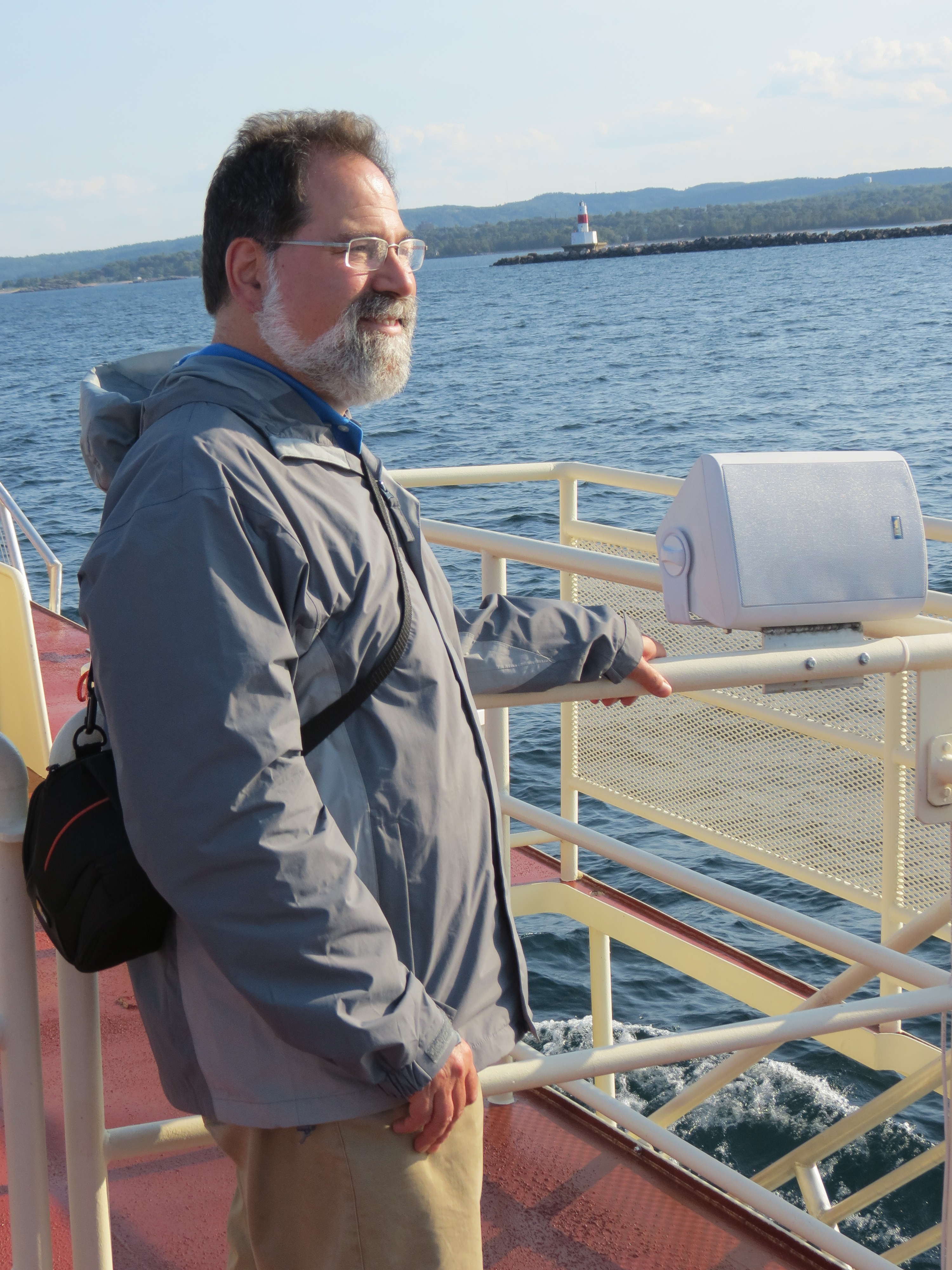Stella was born on July 6, 1930. She was the last of five daughters born to Sara Brody, nee Cohen and Cuski (Joseph) Brody. All of these children were born in a Brooklyn (New York) tenement there being no money for hospitals. Stella was given the Hebrew name Esther.
Family
Stella’s four sisters were Rose, Molly, Ethel and Frances.
Cuski worked for the New York City Sanitation Department as a garbage collector. He performed this job until the back problems endemic to his profession put an end to his career. Disability didn’t really exist in those days so when he left the department Yushke eked out a living as a fortune teller.
Stella’s mother died at an early age leaving Yushke with the need to find support for his five girls. Stella was the youngest and he placed her in foster care. Rae and Harry Glickens took her in and Stella soon became a beloved member of their family. Years later, Stella would often bring me to the Brooklyn home of Rae and Harry and I have many happy memories of the warmth of that house for both my mother and me.
Stella grew up speaking Yiddish at home. Her neighborhood was a mix of primarily Jewish and Italian immigrants. The Italian grocer knew enough Yiddish to service his Jewish customers, but not everyone in the store was sufficiently multi-lingual. Stella remembered heading home in tears one day because the grocery clerk informed her that he had no idea what she meant by knubble. Sarah patiently explained that she needed to learn the English word “garlic.”
Molly and Rose disappeared from the scene early in Stella’s life. The family said they went to live in an asylum, but I don’t think anyone really knew what became of them.
Ethel worked in Barton’s Chocolate factory. Some sort of disability ended her career as well. When I met her as a young child she was living in a welfare hotel on Coney Island. That was somewhat fortunate–it meant that Stella could combine a trip to visit her sister with a day at the amusement park for me. I used to love to take the special train needed to cross to the island.
Frances married but was afflicted with some sort of deep depression. I believe she may have had children which means I may have nephews or nieces on that side of my family somewhere, but I’ve never had any contact. Shortly before I was born, Frances died. She would have been in her twenties. This was a devastating, traumatic loss to Stella as she was the sister closest to her in age and the person she remembered as her guide through early life. When I was born after Frances’ passing my mother gave me the middle name Francis as one way to keep her sister close to her mind and heart.
Marriage
In 1950 Stella met and fell in love with Samuel Paul Love and they married on July 1, 1951. Ethel helped with finding a hall (the New York term at the time for a room that could be used as a wedding chapel). My father needed to pay for everything–even Yushke’s suit. My father’s family was not happy with the match, but they they were generally unhappy so no great surprise there.
Cuski survived the wedding by just a few months. Yet another trauma in Stella’s young life.
The earliest years of Stella’s marriage were mostly joyous. Paul’s business prospered and he outfitted a townhouse in Woodside (part of Queens) with fine furniture and appliances. Paul and Stella summered in Catskills resorts. They stayed at the Fountainbleu in Miami Beach. And they danced! We had a partially glassed cabinet filled with trophies from dance contests all over the resorts.
Childbirth and First Signs of Illness
I was born in the Spring of 1952. Before I reached 2 years of age, the first episode of Stella’s brain disorder resulted in brief several hospitalizations at Bellevue hospital in Manhattan. This episode was apparently triggered by a sexual assault by a staff member at one of the Catskills resorts. I don’t know about the police investigation, but a civil lawsuit was eventually settled for a small but not insignificant sum a decade later.
As we now know, brain disorders probably arise from complex causes, but a traumatic episode can be a trigger for a severe episode of the ailment. Neither of Stella’s parents and to the best of our knowledge, none of her grandparents, suffered from mental illness. Yet all five of the sisters seem to have developed symptoms of these disorders.
Stella was initially diagnosed with schizophrenia or schizo-effective disorder. She reported hallucinations and voices. Psycho effective medications were just beginning to make an appearance in those days, so Stella was treated with Librium and Milltowns and other drugs whose names I’ve forgotten.
Onward to the Bronx
Because Stella’s frequent bouts of illness made it difficult for her to care for me, Paul moved us to the Bronx where he had family. Our first home there was just a couple of blocks from Yankee Stadium. When an apartment became available on the same floor and just opposite where his mother, my grandmother, lived, Paul moved us there.
Mental Hospitals, Foster Homes and Boarding Schools
When I was 5 years old, Stella had a severe episode and Paul committed her to the Rockland State hospital for about a year. I was placed with a variety of relatives and foster parents, but finally Paul decided (on the recommendation of one of his customers) to send me to a boarding school not far from Rockland State. That allowed him to visit Stella and me on his occasional journeys north of the New York City border.
While at Rockland, Stella received the mental health care standard for it’s day. In other words, her recovery (if it can be called that) was just a matter of waiting for the symptoms to subside. As near as I can tell from the situations of others, the cure was miraculously coincident with the end of funding.
Employment
After a year, Stella and I both returned home. Stella took whatever medications were prescribed, and she self medicated with copious amounts of nicotine from cigarettes. She took a variety of jobs to supplement the family income. I remember her working as a sales clerk at Alexander’s department store. My personal favorite among her jobs was a lengthy stint at a magazine subscription agency. This allowed me to subscribe to many wonderful magazines at deep discount.
Stella eventually found a better job at a midtown company that provided business services to corporations. She was well-liked there and they even offered her a promotion to supervisor, but she turned it down.
The Bronx neighborhood we lived in suffered greatly in the mid-1960s. Buildings burned down and nothing replaced them. The Jews moved out en masse to the suburbs leaving behind the few who, like us, couldn’t afford to move. Paul’s own medical problems had forced him to shut down his business so we lived on a combination of his disability insurance and my mother’s meager earnings. In 1965, shortly after my bar-mitzvah, we moved from the central Bronx to the east Bronx and the relative safety of a public housing project called the James Monroe houses.
Single Mom
Paul was an ardent Zionist. In 1967 the 6 Day War inspired him to try for a new life in Israel. Neither Stella nor I were part of his plans, but there was little acrimony. Paul wanted to try a new life, and neither my mother nor I cared that much. I accompanied him to see him off on a cruise ship. He had a ball and wound up renting an apartment in Tel Aviv. The next time I remember seeing him is when he returned briefly to seek a Jewish religious divorce from Stella.
Stella and I remained in the housing project. She went to work every day and made sure I had a clean bed to sleep in and something resembling food on the table. I attended the Bronx High School of Science and dreamed of my own escape. By some miracle Stella’s symptoms remained at bay for the three years of high school and beyond. Others might suggest that my father’s absence contributed to her relatively good mental health during this period.
Her Child Fledges
In 1969 I fledged and entered the University of Wisconsin in Madison, Wisconsin. I did return to Stella’s apartment for the summer of 1970 because I could go back to my old job, but as the saying goes, you can’t go back there any more. I had learned enough of life outside the projects that that would be my last extended stay with Stella. We chatted by phone often.
Stella’s Magical Week in Madison
During my junior year, Stella decided to visit me in Madison. While nothing about this would surprise most people, those who knew Stella in the last twenty years of her life would probably be startled at the notion that she would be able to make the requisite plans. She scheduled a vacation with her employer, made plane reservations, got to the airport and stepped off the plane in Madison. I helped by making the room reservation for her.
She had a magical week in Madison. I guided her around daily to see the sights, eat some wonderful meals, meet my roommates and friends, and attend a few events. There was some sort of theater of the outside featuring characters who popped out of the buildings and entertained people around campus. All of this delighted Stella. And then it was time for her return home, which she navigated without problem.
To see how this week remained in Stella’s consciousness, please see the poem at the end of this article.
Stella Lives Independently
A year later I decided to spend my first year of grad school in Israel. That meant I would be even further away from Stella. Younger readers of this article might not comprehend that there was a time without email and texting, and even the phone was too costly to contemplate for students and people with limited incomes.
What we did have was aerogrammes. An aerogramme is a single sheet of very flimsy paper which is designed to fold into the shape of an envelope. The postage for first class (air) delivery to and from Israel was very inexpensive. Stella and I corresponded every day of my journey. Her letters were little diaries of life in the Bronx and New York, with details and gossip related to the people she worked with and lived among. They were simple but literate.
I returned to the States in the Fall of 1974. After a brief stop-over to visit with Stella, I headed for Berkeley, California. Stella and I returned to telephone conversations rather than letters. In 1979 I was living in Berkeley and had embarked on a career as a Jewish educator when I became aware, rather suddenly, of a turn for the worse in Stella’s condition.
Disability and California Here She Comes
I hastily arranged a flight back to New York, and what I found shocked me. Stella had lost her job and had done nothing to shore up her life. A few years before she had left the housing project for a private rental in the northeast Bronx. Had she been in the project, her apartment would have been safe. But she could easily be evicted from her private rental.
It was obvious to me that Stella was in no condition to return to work, so I set about helping her with applying for disability. I am indebted to a dear friend of my family–Martin Gringer–who represented Stella pro bono and assisted her in overcoming an initial denial of disability benefits.
So we must ask now, just what was Stella’s illness that had now progressed to the point that she would never work again? I mentioned schizophrenia and schizo-effective disorder earlier. But by 1979, psychiatric diagnosis had improved and it was clear that whatever was afflicting Stella, it was neither of those conditions.
The best candidate then (and remained the case thereafter) was then termed “manic depression” and is now styled “bipolar disorder.” Stella’s various extreme symptoms (delusions of grandeur, shrill and unexplained laughter, etc) were the product of the manic phase left untreated for an extended period of time. Stella also occasionally suffered the lows of the disorder, but she definitely trended towards the manic side of things.
After I got her financial situation settled, as an only child with no intention of returning to her home, I had to face the responsibility of moving Stella closer to me. I found her an apartment in Berkeley, California just off Telegraph Avenue.
Stella Earns Fame in Berkeley
Since I was early in my career and working long hours, there wasn’t much I could do to introduce Stella to the town, but it turned out to be unnecessary. Stella found her way from her apartment to the UC Berkeley campus and became one of the cast of Berkeley characters that so enliven the streets there. She was especially fond of Sproul Plaza on the weekends when the drummers came out and blasted their music for hours. Stella could be seen swaying to the music, pocketbook (as New Yorkers usually call their purses) hung on one arm. Many was the time someone entered the Hillel Foundation, where I worked, and said, I think I saw your mother dancing on the plaza yesterday!
Stella also loved Larry Blake’s restaurant. The lower floor of the restaurant was often filled with live music. Stella would buy a coke and dance there for hours as well.
Berkeley was a heaven on earth for Stella among other reasons because it is a place that is so welcoming to people who might not fit in other places. But all good things do come to an end. After a few years of this relative bliss, Stella suffered another severe bout of mania. The staff at Larry Blake’s reluctantly asked her not to return. She inadvertently set her stove afire and wound up in the hospital with smoke inhalation. From there, I arranged for her to enter a psychiatric in-patient facility which the California systems call an “L Ward.” The “L” stands for “locked.”
It was at this facility that I found my first brochure advertising the existence of an organization of family members devoted to the treatment and care for persons afflicted with mental illness, the organization now known as NAMI.
Stella’s Independence Ends-Board and Care
The staff at the L ward advised us that Stella’s physical and mental disability had progressed to the point that living independently was no longer advisable. She entered the first of several “Board and Care” facilities.
In those days, our family greatly looked forward to the weekend when we would drive to whatever home Stella lived in and take her out to a restaurant. She always enjoyed her food and the company. And I began to feel the pangs of guilt that would plague me for the rest of Stella’s life that I couldn’t take better care of her myself.
Moving Momma to Michigan
In 1988 my wonderful spouse found a job that would necessitate a move from California to Michigan. Soon after our arrival, I spent a rather wacky few months arranging for Stella to follow us. As it turned out, California was delighted to provide her with a one-way air ticket to Michigan, but Michigan was not so eager to accept her. Back in 1990 I wrote a three article sequence called “Moving Momma To Michigan” which I hope to reprise here in my blog some day soon.
Community Mental Health eventually relented and agreed to find a place in their residential system for her. The first place was a very poor home in Milan–it broke my heart to leave Stella there. This place was primarily oriented at older women with severe developmental disabilities. Stella had frequent bouts of mania, but she was intelligent and articulate and she deeply resented being stuck in a place with no one to talk to. It was also a rural location, so she couldn’t walk anywhere.
Fortunately her stay in Milan was brief. CMH soon found more appropriate places for her in Ypsilanti. These were also homes that were clearly part of the the lower class strata of our community, but at least the people there could communicate and Stella could go places where she could get some enjoyment out of life. Our weekly visits continued as her granddaughter grew and a new grandson came along. Stella often joined us at home for our Sabbath dinners.
The Ypsilanti Apartment Program
A ray of cruel hope shined on Stella and us a few years into Stella’s Michigan sojourn. It was the era when states were once again looking to save money by shutting down mental hospitals. The staff of the Ypsilanti State Hospital knew that they were facing a dim future and began casting around for ways to argue that they had valuable programs. They created a new program by renting a set of apartments in a residential complex in Ypsilanti township. One of the apartments was designated a social hall, one was for the administrators. A psychiatric nurse was housed there 24 hours a day.
Residents were encouraged (and taught) to clean their own apartments and cook for themselves. They were taken shopping. If they were young and capable enough, they were taken to work. If not, they were taken to a variety of community activities. Stella did so well in this program that she was nominated and taken to a convention in St. Louis where people involved in programs like this could talk about them. She loved that trip!
Part of the reason for the success was that Stella was put on lithium at this point. Lithium can do wonders for people with severe bipolar disorder, and Stella experienced a return to cognitive levels she had not seen since the days when she was successfully employed. Unfortunately, lithium is a difficult drug to manage and after many months of these wonderful results, Stella’s blood work indicated that she would have to return to the other sorts of medication she had long been taking.
All good things must come to an end. The state did indeed shut down Ypsilanti State Hospital. State authorities claimed that there was no reason why the new, experimental housing program couldn’t continue. This is how governmental units lie. The program needed a certain number of participants to be financially viable. Ypsilanti Mental Hospital was a regional facility drawing patients from several counties. Therefore, the residents of Stella’s program also came from a number of counties. Once the hospital was closed, funding for each patient reverted to the counties which were the official residences of the patient.
The program was located in Washtenaw County. Stella was regarded as a Washtenaw resident, so she could receive support from Washtenaw Community Health. Other residents needed to receive support from their home counties. Once Washtenaw Community Mental Health (WCMH) took over the program, Stella was reevaluated and determined to be suitable for continuation. Most of the other residents were also deemed suitable. WCMH informed home counties such as Oakland and Wayne that they were welcome to allow their residents to continue, but the funding which flowed from the state to those counties would have to be re-assigned to Washtenaw.
A funny thing happened when those CMH agencies were faced with the program bills–they suddenly determined that they had local services that were just as good, so all those folks could come “home.” Of course it was nonsense, they just wouldn’t part with the funds.This had the expected devastating effect on the program. Soon enough, about two thirds of the residents were transferred elsewhere.
Washtenaw CMH could have made up for these losses by moving others from various local programs into the Apartment Program, but the Apartment program was costly (because it actually provided significant services), so WCMH was also reluctant to add cost to their system.
With the population reduced by half or more, the first thing we noticed was that the 24 nurse was replaced with an 8 hour a day nurse’s assistant. Every other aspect of the staffing was taken down a notch from what it had been. Stella continued to be very happy in her apartment, but the writing was on the wall.
Saxon House Years
Less than a year after WCMH took over the program, they terminated it. The silver lining for us was that Stella was able to move to a home that was staffed by a competent agency (Synod Services) and this home was located just a few miles down the road from us. For the next several years it was very easy to pick Stella up and bring her to our home or out to eat.
About 2002 or so Stella began to experience vertigo. She took a tumble off our stairs and I began to fear that she might fracture a hip. That resulted in our spending most of our time visiting her in Saxon House rather than taking her to our home. As the vertigo worsened, she began using a walker and her speech seemed to become more slurred.
EV Jello
In early 2005, Stella took a bad fall and landed in the hospital. Saxon House staff urged us to consider a nursing home because Stella’s motor difficulties were beyond their capacity. When I told Stella she would have to move to a nursing home, she was distraught. “I don’t want to die,” she said. We all assured her that she wasn’t about to die, but it is true that many people once admitted to the nursing home do not leave through the same door they entered.
I was given three nursing homes to check out one of which was Evangelical Home of Saline. Initially I couldn’t see a little old Jewish lady from New York moving to a place called Evangelical Home. But some of our family advisers told us that we’d be very lucky if we could get her in, and so I went to look at the place.
Evangelical Home is not the hotel-quality place that some of private nursing facilities try to be. But I was impressed at the level of activity and the obviously caring staff. So I made the college try and fortunately a place opened up for her just as she was discharged from the University of Michigan Hospital. When I told Stella that she was moving to a place called Evangelical Home, she said “I’m going to the EV Jello home.” And that’s what our family called it ever since.
Stella did eventually pass at Evangelical Home, but not for another six and a half years. During that time she had as full a life as we and the staff could manage. She was taken to a variety of activities–initially including trips outside the home. She enjoyed the music–no matter how debilitated she became, she never stopped moving her legs in time to music, either real or playing in her head.
Whoever among her family was in town participated in a weekly visit and I did my best to go more often than that. The visits didn’t last long, but we tried to make sure she frequently saw our faces and knew that we were there and we loved her.
Stella loved McDonald’s chicken sandwiches and we made sure she had one every week. When she started having trouble chewing and swallowing, we switched to nuggets. It was very sad when her condition deteriorated yet again and she could accept a diet limited to ground food.
All Good Things Do Come to an End
A few weeks ago, there could be no doubt that Stella was losing the long battle. She stopped eating and dropped from her normally zaftig (pleasingly plump) size to skin and bones. She began sleeping through long stretches of every day. We celebrated the few occasions when we were sure she had recognized one of us.
I wasn’t at all jealous at the fact that her face lit up when one of her caretakers came in. After all, they were now the important people in her life. She always muttered “Jacob, Jacob” when she recognized me and smiled and that was good enough for me.
On August 1, she said very little, but I noted that she kept her feet moving in time to whatever music was playing in her head.
On August 2 I patted her hand and she grasped it, holding it tight for over half an hour. She said nothing during that time, but I felt the pressure of that grip and was grateful for it.
I went to see her on August 3 at about 11:25am. I stroked her arm, but she was not responding. I said a few things about the love of our family for her and heard from her nurse about the measures they had taken to ensure that she suffered no pain–this was sine qua non of our family instructions to the home. I left Stella at 12:02pm.
At about 2pm I took a long walk to settle my emotions. While on the walk, Evangelical Home called to tell me that Stella had moved on to her next destination at about 1:20pm.
The experts tell me that I will eventually recover from this loss. Stella was my constant companion for my life of 59 years. I had primary responsibility for her care for the last 34 years. Now, two weeks later, I miss her terribly every day. I don’t know where she is now, but I hope she has found a place to dance.
A poem written by Stella, date uncertain:
To America the land I love
Blessed by God above
To New York, the state of my birth
Its the best on the earth
The city, the lights and clubs
The fur coats and gloves
The drugs, whiskey and sex
Tests your nerves and reflex
California is not bad
But it is sad
Wisconsin is a delight
Beautiful and bright
The lakes and the forest
It is hard to depart it.


